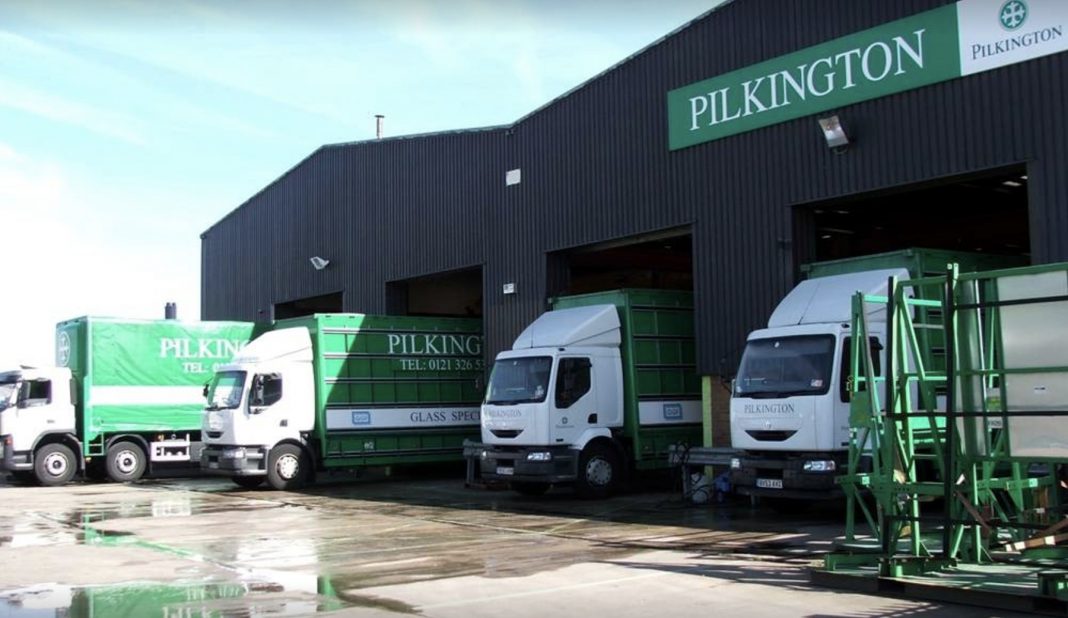Nearly two-thirds (62%) of architects believe misconceptions about glass strength and safety are holding them back from embracing its full potential in innovative building designs, according to a new study by Pilkington United Kingdom Limited, part of the NSG Group.
The survey of 100 architects and specifiers revealed that glass is frequently overlooked for projects due to false perceptions over low strength and post-breakage characteristics. Only 3% of the sample disagreed that glass was being overlooked.
These findings were unveiled during Pilkington UK’s latest webinar “Specifying Glass for Safety and Aesthetics”, which provided insights and examples to improve the industry’s understanding of how advanced glass technologies deliver both safety compliance and cutting-edge design.
While the survey did uncover persistent misconceptions, glass is currently being utilised to transform modern landscapes. For example, Pilkington UK glass was recently specified as part of a flood barrier in Kendall, Cumbria. The glass structure is designed to protect homes and businesses while retaining riverside views that would be lost to a concrete or metal solution.
The manufacturer also supplied glass to Chester Zoo for a new snow leopard enclosure, providing immersive views uninterrupted by metal bars for guests, while maintaining safety for visitors and the animals. These projects showcase the untapped potential of glass as a versatile material that combines functionality with sleek design.
Other survey findings highlight the potential of glass as a leading material in projects, with architects more than three times as likely to prefer specialist glass for aesthetics and safety (29%) than to disagree (8%).
Phil Brown, Technical Advisory Service Manager at Pilkington UK, commented on the findings: “Our study reflects the reality that, while glass is an incredibly versatile material, misconceptions about its strength and safety still linger.
“By addressing these perceptions and offering innovative, high-performance glass solutions, we’re helping specifiers to overcome the key challenges of balancing safety and aesthetics.
“Our aim is to empower architects and designers with the knowledge and resources they need to make more confident design choices. We understand that every project has unique demands, and our work supports the industry in achieving a seamless blend of safety, style, and compliance in every application.”
Additional responses revealed the top challenges that architects have encountered when specifying glass that combines safety and aesthetic properties. More than half said they’ve been conflicted between safety performance and desired visual qualities. However, only 35% reported challenges meeting regulatory compliance while achieving their design goals.
Respondents also demonstrated some shocking misconceptions about glass safety classifications. Nearly half (49%) of respondents incorrectly identified laminated glass as a type that wouldn’t qualify as a safety glass under BS EN 12600 standards, while only 39% correctly identified heat-strengthened glass.
The full insights and discussion on these findings are available via the on-demand recording of the “Specifying Glass for Safety and Aesthetics” webinar:












